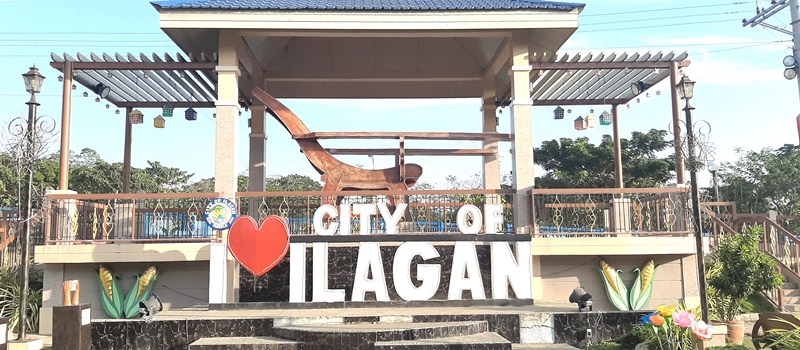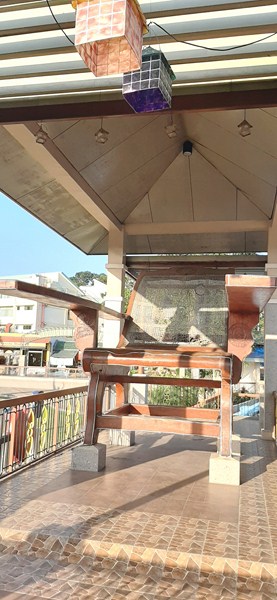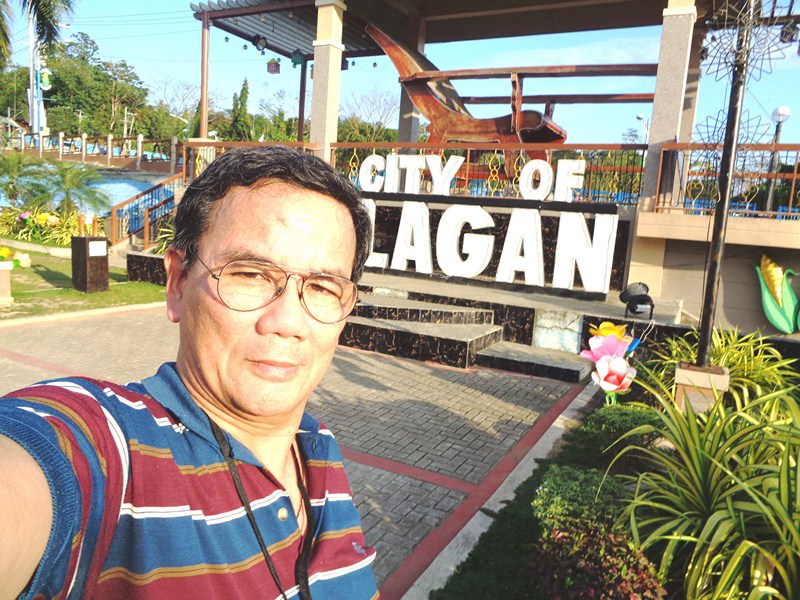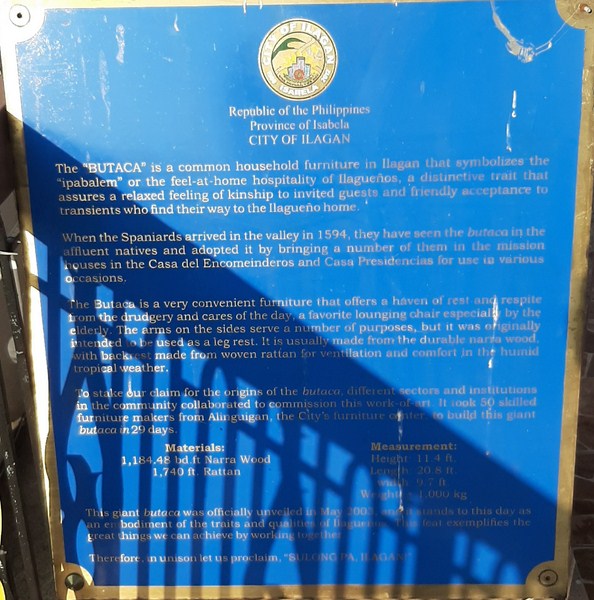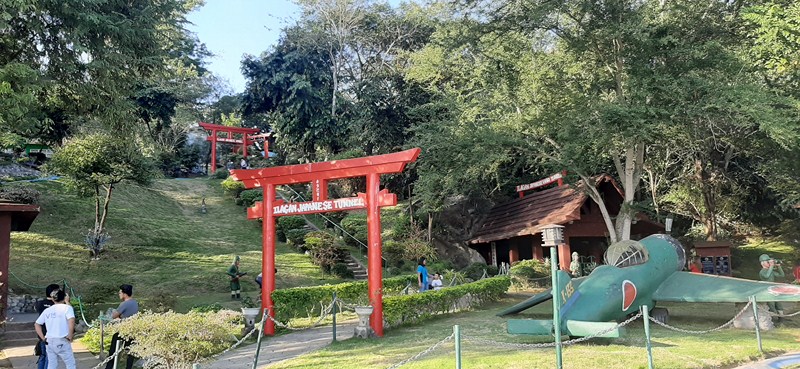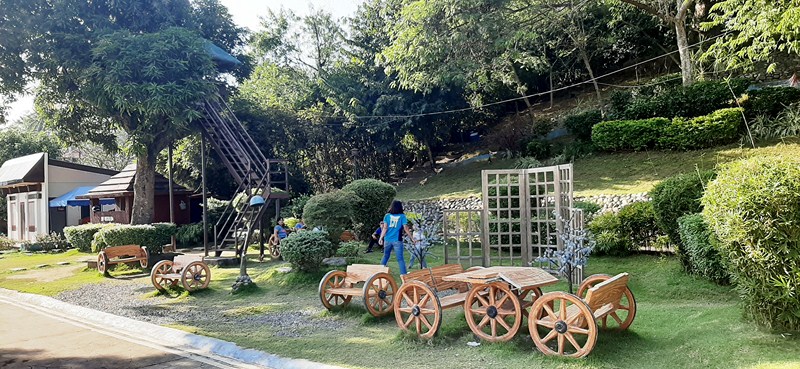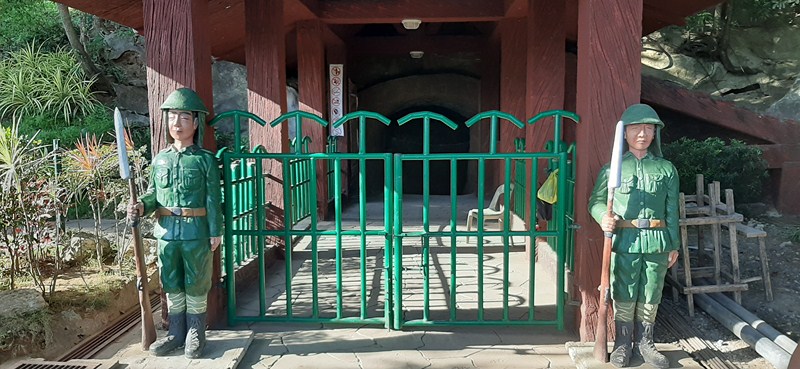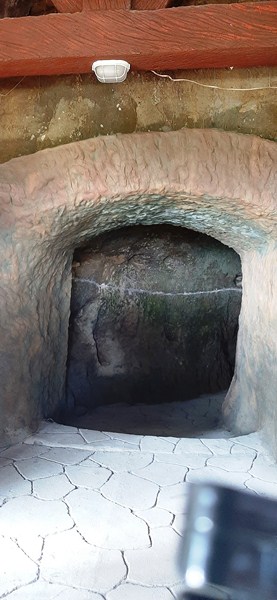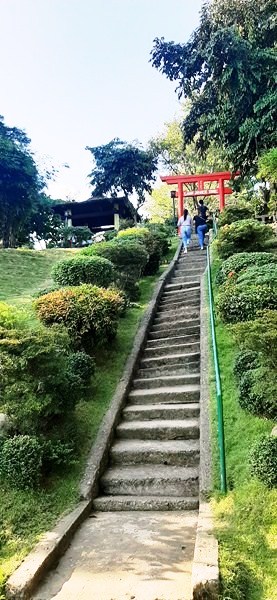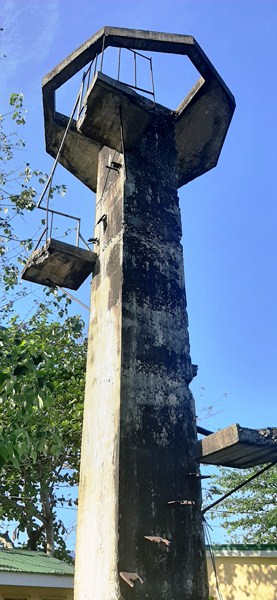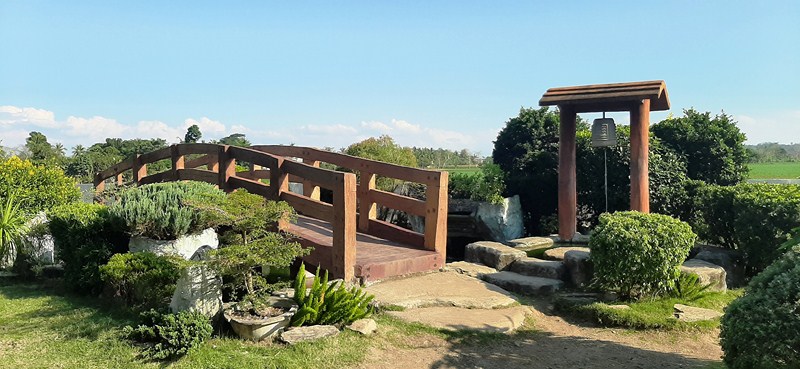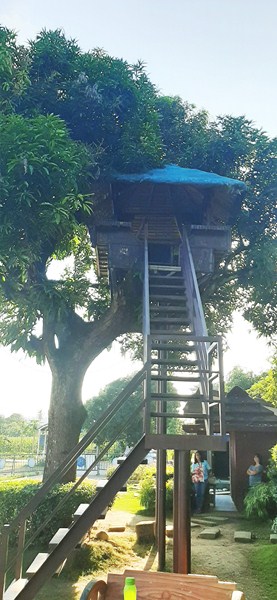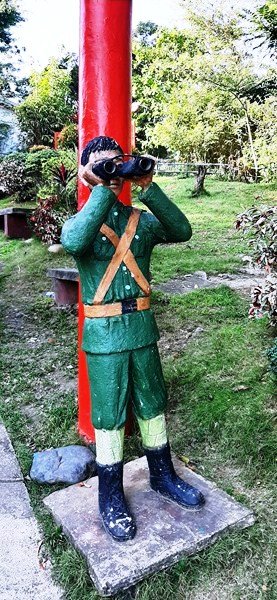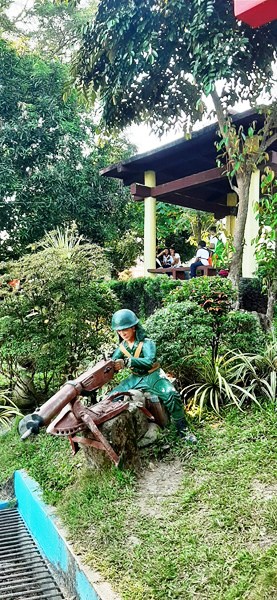After our visit to the Ilagan Japanese Tunnel, we made a stopover, for supplies, at a pretty Bonifacio Park in Ilagan City. Here, it brought me face to face with the pride of Isabela and Ilagan’s winning bid for Guinness Book of World Records for the biggest armchair, locally known as butaka. The butaka is a chair with a long arm rest which is not used for the arms but for the legs.
Check out “Ilagan Japanese Tunnel“
The “lazy chair” of rich families, during Spanish era, it was used by hacienderos as their resting chair after a busy day of roaming around their lands and rice fields. Also known as the “little hospital,” pregnant women also gave birth to their newborn child on a butaka, with their legs comforted by its long armrests.
The giant butaka, christened as the “Butaka ni Goliath,” measured 11.4 ft. high, 20.8 ft. long, 9.7 ft. wide and weighed 2,368 kgs. It was made from a total of 1,184.48 board ft. of seasoned, first-class narra with a seat made with 1,740 ft. of interwoven 1-in. diameter rattan. During my visit, the wood varnish has now faded and the rattan weave was in dire need of repair or replacement.
Unveiled for public viewing last April 23, 2003 (in time for Isabela’s 147th founding anniversary on May 11) at the Provincial Capitol’s Rizal Park, it was constructed by 12 to 50 skilled craftsmen of Brgy. Alinguigan II (touted to be the “furniture capital” of the Cagayan Valley, about 95% of Alinguigan residents being furniture makers) in 29 days, working on it daily, even on weekends, from 2 to 10 PM.
The project, to promote Isabela’s furniture industry, reportedly cost about PhP175,000 and, for the manufacture of the giant butaka, the big furniture entrepreneurs in the village contributed at least PhP500 each while small ones chipped in PhP200 each. The rest of the expenses were shouldered by the municipal government, led by Mayor Delfinito Albano.
Initially, the barangay thought of making a big rocking chair but the Mayor Albano suggested to just make an armchair. A rocking chair is also locally called a butaka. The rocking chair only evolved from the early butaka early Ilagueños crafted about a century ago. During assembly, at least 15 Ilagueños were needed to carry the chair’s feet and arms. A boost to the local tourism industry, it gave tourists another reason to visit and explore this vast Cagayan Valley province.
Giant Butaka: Ilagan Rotunda (the junction going to Cagayan), Bonifacio Park, Brgy. Alinguigan, Maharlika Highway (beside Bonifacio Park), City of Ilagan, Isabela.
Isabela Provincial Tourism Office: Provincial Capitol Complex, City of Ilagan, Isabela. Tel: (078) 323-3146. Mobile number: (0917) 317-3820. E-mail: isabelatourismoffice@gmail.com.
Isabela Provincial Information Office: Provincial Capitol Complex, City of Ilagan, Isabela. Tel: (078) 323-0248. Mobile number: (0927) 395-7555. E-mail: letters_info@yahoo.com.
How to Get There: The City of Ilagan is located 429.3 kms. (an 8-hour drive) from Manila and 35.5 kms. (a 1-hour drive) from Cauayan City.


